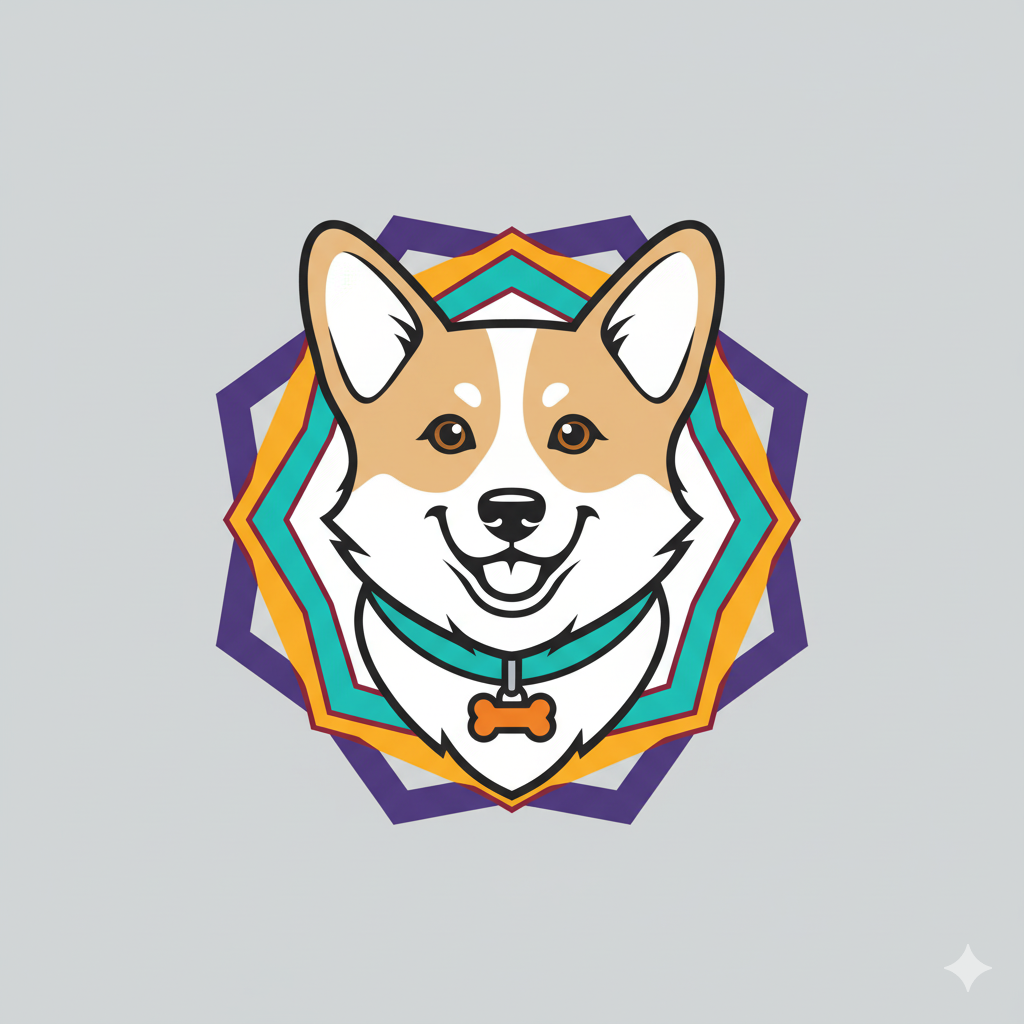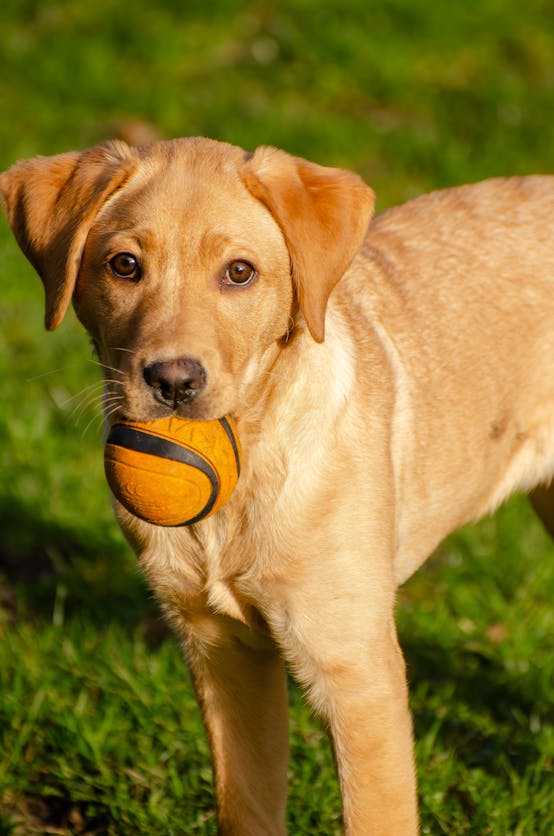Overview of Traditional Canine Roles in British Society
Dogs have played significant traditional roles in Britain for centuries, deeply woven into the fabric of British cultural identity. Historically, dogs in the UK were not only companions but essential workers aiding in various tasks. From hunting to herding, their contributions were vital to rural and urban livelihoods alike.
In the early history of dogs in Britain, breeds were often specialized. For example, hunting dogs like the Irish Terrier and Beagle were prized for their skills in tracking game. Meanwhile, sheepdogs such as the Border Collie exemplify the evolution of dogs’ societal functions, expertly managing livestock—a critical occupation in British agriculture.
Also to see : How can you find a reputable dog sitter in the UK?
The history of dogs in the UK also reflects broader societal shifts. As urbanization increased, dogs adapted from purely functional roles to more companionate and social roles, yet their historical roots still influence breed popularity and cultural perceptions today. This blend of past duties and modern affection highlights the importance of dogs in shaping British cultural identity. Their presence extends beyond practicality into symbols of loyalty, courage, and British heritage, maintaining a revered status across communities.
Hunting Companions: Dogs in the British Countryside
The role of hunting dogs Britain is deeply rooted in the tradition of country sports dogs. Hunting evolved into a quintessential British pastime, harmonizing sport with rural life. Over centuries, British dog breeds specialized to perform distinct roles in the field, contributing indispensably to the success and enjoyment of hunts.
Topic to read : How Do Different Dog Breeds Affect Their Health and Care Needs?
Key breeds such as the Foxhound, Spaniel, and Labrador exemplify this heritage. The Foxhound, renowned for stamina and pack hunting ability, was bred for trailing foxes over expansive countryside. Spaniels excel in flushing game birds, employing their keen scenting skills and agility. Labradors, celebrated for versatility, retrieve game both on land and water with remarkable efficiency.
These country sports dogs are not only practical hunting partners but have also gained cultural significance. British literature and art frequently depict these breeds, symbolizing loyalty, skill, and the intimate bond between hunter and dog. Paintings and classic novels celebrate their presence, reinforcing their status as icons of rural British life.
Understanding the precise roles each breed fulfills enriches appreciation of British hunting traditions, where form and function come together in these exceptional hunting dogs.
Herding and Working Dogs in Rural Life
In British rural life, herding dogs UK have played an essential role for centuries. These dogs are more than pets; they are vital partners in managing livestock, especially sheep. The sheepdog tradition Britain dates back to medieval times when farmers relied on agile, intelligent dogs to gather and control their flocks across vast farmlands.
Among working dog breeds, the Border Collie stands out as the most iconic. Celebrated for its intelligence and stamina, this breed excels at reading shepherds’ commands, making it a favorite in rural communities. Another notable breed is the Old English Sheepdog, known for its distinctive shaggy coat and strong herding instincts.
In recent decades, the role of herding dogs UK has expanded beyond traditional agriculture. These dogs now participate in search and rescue, therapy work, and competitive dog sports. Their adaptability shows how the sheepdog tradition Britain continues to evolve while respecting deep-rooted customs. Working dogs remain a testimony to the close bond between humans and animals in British rural culture, upholding skills that are both practical and admired worldwide.
Guard Dogs and Protectors of Home and Estate
Guard dogs in Britain have long played a crucial role in protecting homes and estates. Historically, estate dogs were prized not only for their size and strength but also for their loyalty and intelligence. Protection dog breeds in the UK, such as the Mastiff, have roots tracing back centuries, where they were often entrusted with safeguarding valuable properties and livestock.
The Mastiff, for example, is one of the most iconic protection dog breeds in the UK. Known for its imposing stature and calm demeanor, this breed combined strength with a vigilant nature, making it an ideal choice for estate owners. Throughout history, the social perception of guard dogs has evolved — initially seen as formidable defenders, they gradually became symbols of status and prestige among the British gentry.
Estate dogs history also reflects shifting attitudes toward security. While their physical protection abilities remain valued, modern owners increasingly appreciate these breeds for their companionship and gentle temperament at home. Understanding the traditional and contemporary roles of guard dogs in Britain highlights how these breeds continue to be trusted protectors and cherished members of the household.
Dogs as Royal Companions and Status Symbols
Dogs have long held a special place within the British monarchy, serving not only as loyal companions but also as clear symbols of status. The association between royal dogs Britain and prestige is deeply rooted in tradition. For centuries, specific breeds favored by the royal family have come to represent social class and influence.
Among these, the Pembroke Welsh Corgi stands out as the quintessential royal dog. Popularized by Queen Elizabeth II, these energetic and intelligent dogs became an emblem of the British monarchy’s distinct identity. Their presence alongside monarchs during public appearances reinforced their status as more than mere pets—they were reflections of the royal family’s character and heritage.
Dogs British monarchy members choose often indicate social position and personal taste. Beyond Corgis, breeds like Labradors and Dorgis have been beloved by royals, each carrying its own subtle message about prestige and companionship. These choices highlight how dogs transcend companionship to symbolize power, history, and exclusivity within British aristocracy.
In essence, royal dogs Britain illustrates how animals can embody not only affection but also clear markers of social standing and tradition.
Dogs in British Folklore, Myth, and National Symbols
Exploring the rich legacy of dogs in British culture
Dogs in British folklore have long been symbolic dogs in the UK, embodying qualities such as loyalty, protection, and mystical power. From ancient tales to modern legends, dogs frequently appear as guardians or guides. The spectral hounds of myth, like the Black Dog of English legends, serve as omens or protectors, weaving dogs deeply into Britain’s cultural narrative.
In British culture, mythological dogs often symbolize the boundary between the living and the supernatural. The legend of the Barghest, a monstrous black dog seen as a harbinger of death, exemplifies this role. Such stories reflect how dogs evoke both fear and respect, highlighting their complex place in folklore.
Heraldry further cements the significance of dogs in national symbols. Several family crests and coats of arms feature hounds, representing qualities like vigilance and courage. The widespread use of dogs in heraldic traditions underscores their enduring status as emblematic creatures in Britain.
Today, the cultural resonance of dogs in Britain persists through literature, art, and popular media, affirming their place not just in myth but as cherished national symbols.
Advanced Navigation Systems
Modern robot hoovers implement advanced navigation systems that significantly improve their cleaning efficiency and coverage. These systems allow robot hoovers to map out your living space, avoiding obstacles and optimizing their cleaning paths.
Using technologies such as LIDAR sensors or camera-based mapping, robot hoovers create accurate floor plans in real time. This means they don’t miss spots or waste time revisiting already cleaned areas. For example, a robot hoover equipped with LIDAR can scan a room multiple times per second, adjusting its route dynamically to maintain efficiency.
Besides obstacle avoidance, the advanced navigation system enables robots to recognize and adapt to different floor types, enhancing cleaning performance. This technology also supports features like virtual boundaries where you can define no-go zones through an app, ensuring delicate areas or pet feeding spots remain untouched.
In summary, navigation systems transform robot hoovers from simple random movers to intelligent cleaning assistants, offering you a more thorough and hassle-free cleaning experience. Investing in these technologies means less manual intervention and more time to enjoy a spotless home.


